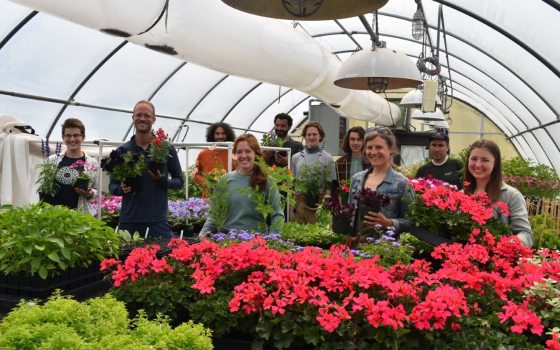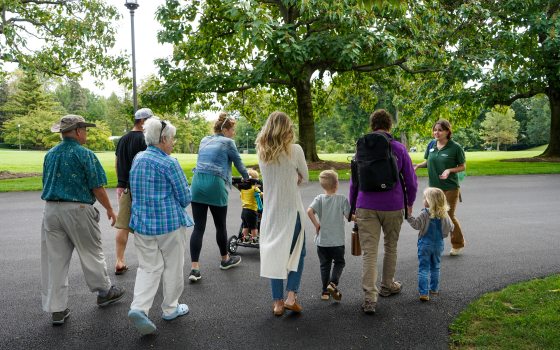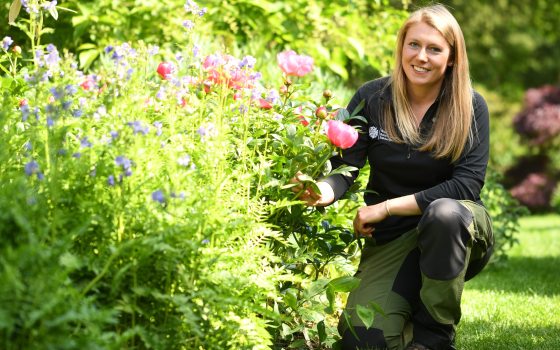One of the most exciting parts of Longwood’s Professional Horticulture Program—of which we are part of the current cohort—is the opportunity to experience horticulture in another country through our study abroad trip, which takes place in the last few months of each cohort’s program experience. We are proud to represent our Professional Horticulture Program classmates in leading the planning and preparation for the class of 2023 trip to Italy, taking place in late May. Inspired by Longwood Reimagined: A New Garden Experience and its forthcoming West Conservatory’s islands of interior Mediterranean-inspired gardens—as well as the opportunity to see firsthand the site that inspired Longwood’s iconic Italian Water Garden—made Italy the natural choice. We have worked hard to integrate a central theme into our planning to enable us to extract meaningful knowledge during the trip, to then bring back to the Longwood team. Our theme for this trip, therefore, is Past, Present, and Future of Italian Horticulture … and we can’t wait to get to Italy.
Having spent a great deal of time acquainting ourselves with the mission and history of Longwood Gardens, it is apparent that the garden design and Mediterranean plant palette of Italy played a big part in founder Pierre S. du Pont’s vision for the garden. As the name suggests, the Italian Water Garden, for one, has an especially strong connection to Italy. It was directly inspired by Villa Gamberaia, a historic garden space near Florence that we look forward to exploring on this trip.
In addition to experiencing the rich history of Italian gardens, we also look to Longwood’s future and are excited to relate Italy’s Mediterranean plant palette to the Longwood Reimagined project. This project’s emphasis on structural elements of ancient olives, citrus, and cypress lends well to many of the native and non-native plant material that thrives in the Italian climate. While in Italy we intend on connecting with horticultural specialists at private and public gardens as well as a large nursery to experience the breadth of plant knowledge Italy has to offer. It is apparent that there are many unique practices employed by the Italian horticulturists of today which we look forward to learning all about.
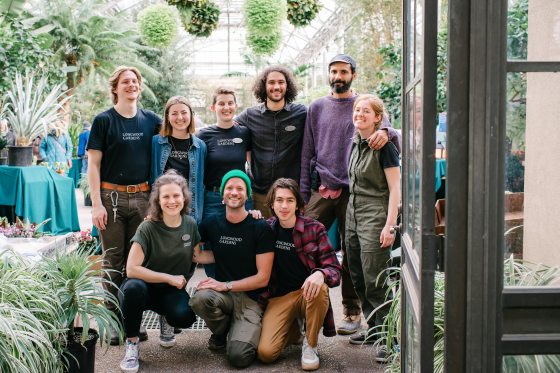
The Professional Horticulture Program class of 2023. From left, top row: Rowan Nygard, Faith Redcay, Kinga Obartuch, Jamie Firman, Brandon Jones, and Elizabeth Ciskanik. From left, bottom row: Allison Edmonds, Kyle Post, and Ben Helde. Photo by Laurie Carrozzino.
Through the invaluable guidance of Italian horticulture and travel expert Alessandro Tombelli, we’ve created a full itinerary of public gardens, private gardens, a plant nursery … all of which will take us throughout a number of regions.
A historic botanical garden on the western shore of Lake Maggiore, Villa Taranto features a glasshouse, herbarium, and fountains. It houses more than 3,000 plant species collected from around the world including Victoria cruziana (Santa Cruz Water-platter) and Dicksonia antarctica (Tasmanian Tree Fern), which are also part of Longwood’s collection. We are excited to interact with familiar Longwood specimens in a new way—both climatically and aesthetically.
Next, we’ll visit Isola Bella, an Italianate Baroque style garden established in the 1630s on Lake Maggiore, preserving rare specimens growing in a uniquely mild island microclimate on the Borromean Gulf. From there, Isola Madre, an 18th century romantic-style garden featuring rare and exotic plants. This garden creates a unique interplay of native Mediterranean plants and acclimated exotic species, similar to that which will be implemented in Longwood Reimagined.
Then, we’ll visit Villa Carlotta. Horticulturists sustain historic citrus tunnels, azalea collections, camellias, and more in this formal Italianate garden. Their old and new olive trees evoke the history of past Roman farming on Lake Como and how it is being preserved today.
At Villa del Balbianello, a historic villa located on the west coast of Lake Como, we’ll explore this garden’s elaborate terracing and beautiful waterfront views. The numerous training techniques utilized at this garden create an opportunity to explore new perspectives on age-old practices to share with Longwood’s horticulture staff. At Orto botanico di Padova—the oldest academic botanical garden in the world, established in 1545—we’ll focus on its medicinal, orchid, aquatic, and alpine collections that it continues to maintain and modify.
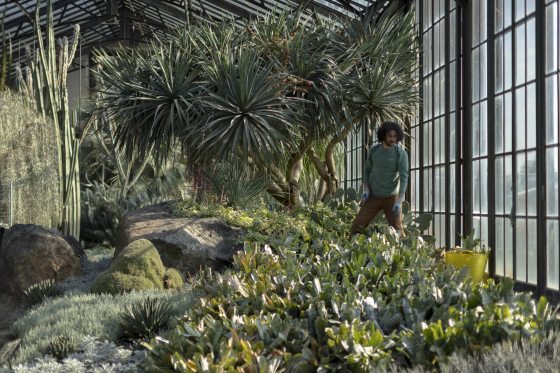
Professional Horticulture Student Jamie Firman in Longwood’s Silver Garden. Photo by Daniel Traub.
While visiting private gardens in Venice, we hope to explore the impacts of climate change in Italy, how gardens are being affected, and what horticulturalists are doing in response to these changes. A private tour of Villa Torrigiani will give us the unique opportunity to discuss the vision and maintenance of its romantic-style garden featuring long alleys of cypress and many unique species of trees. At Vannucci Piante, home to a family business established in 1930s in which Moreno Vannucci revolutionized the nursery production industry in Europe, we’ll experience the Mediterranean plant palette in a nursery setting, which will give insight into potential material that can be utilized in Longwood displays.
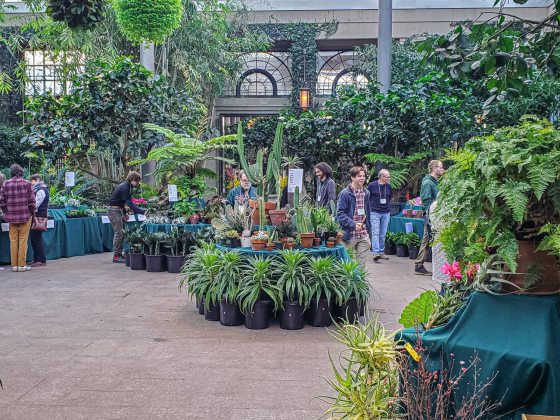
The February Today’s Horticulture plant sale served as one of three plant sales to help fund the Professional Horticulture study abroad trip. Photo by Joe Hare.
Next, Villa Gamberaia. Pierre S. and Alice du Pont visited this garden in 1913, inspiring them to create the Italian Water Garden here at Longwood. The 17th-century villa overlooks mature olive groves and exemplifies the architectural and garden style of the time.
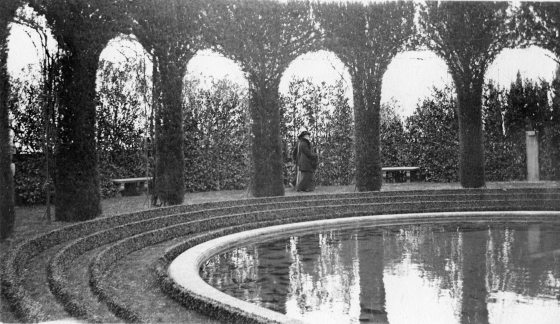
Alice du Pont at Villa Gamberaia in 1913.
Designed in early 1900 by Cecil Pinsent, the garden at Villa I Tatti is owned by Harvard University and presently used for their Italian renaissance studies. Here we will also explore techniques for shearing extensive hedging, similar to our own Main Fountain Garden.
The Professional Horticulture Program incorporates in its curriculum the guidance, practical skills, and supplies needed to fund this trip. Motivated by gelato, we worked hard over the past year and half to raise ample funds through three extremely successful plant sales as well as other fundraising opportunities throughout the course of the program. We are so grateful for all of the support we received from our guests during the plant sales.
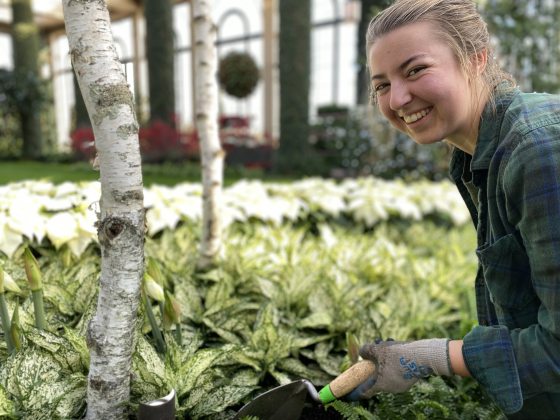
Professional Horticulture Student Faith Redcay. Photo by Madison Thibodeau.
For two of these sales, we grew crops from propagule to finished product in our student greenhouse with the guidance of our Floriculture and Greenhouse Crop Production instructor Nancy Agnew. Our student greenhouse was truly filled to the max for both sales as we excitedly cultivated a wide variety of crops including poinsettias, cyclamen, ferns, begonias, spring annuals, vegetable starts, and perennials. For the most recent sale, which took place during the February Today’s Horticulture Symposium at Longwood, we sourced specimen plants from our network of horticulturists at gardens and plant nurseries in the region.
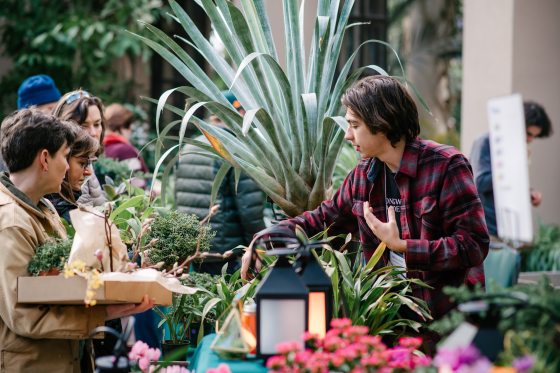
Professional Horticulture Student Ben Helde at the most recent plant sale. Photo by Laurie Carrozzino.
An additional source of funding for this trip was selling vegetables and edible flowers from our student garden plots in a project called Red Lion Farm. This was another opportunity for our class to display leadership in running this project from planning crops to final harvest. We grew such crops as nasturtium, marigolds, squash flowers, and borage for the chef at Longwood’s 1906 restaurant.
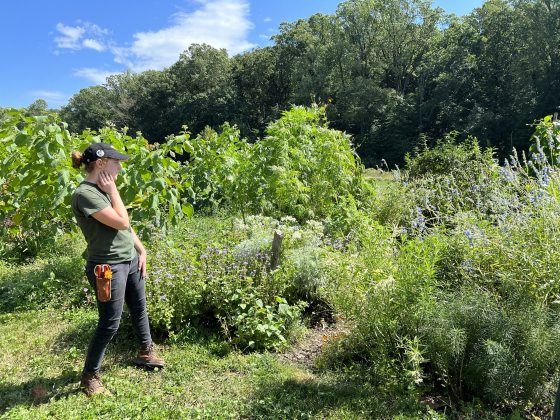
Professional Horticulture Student Elizabeth Ciskanik surveys the students’ ornamental plots in this September 2022 photo. Photo by Brittany Long.
Our plant sales and Red Lion Farm required a lot of early mornings, working late into the night, and working together effectively as a team. These experiences formed some of our favorite memories as Professional Horticulture students, and now we are looking forward to expanding our horticultural education and tasting the fruit of our labors with our study abroad trip to Italy on the horizon. And we’ll be sure to share the highlights of that trip with a follow-up blog post upon our return!
Editor’s note: Interested in joining our Professional Horticulture Program? Applications are open now through April 1 for this two-year, tuition-free program that combines hands-on, immersive learning with classroom experience to train and prepare future horticulturists for successful careers. Designed for those currently working in the field, a recent high school or college graduate, or looking to change careers, no other program combines practical experience, coursework, interactive projects, and study abroad opportunities—tuition-free. Learn more and apply.
